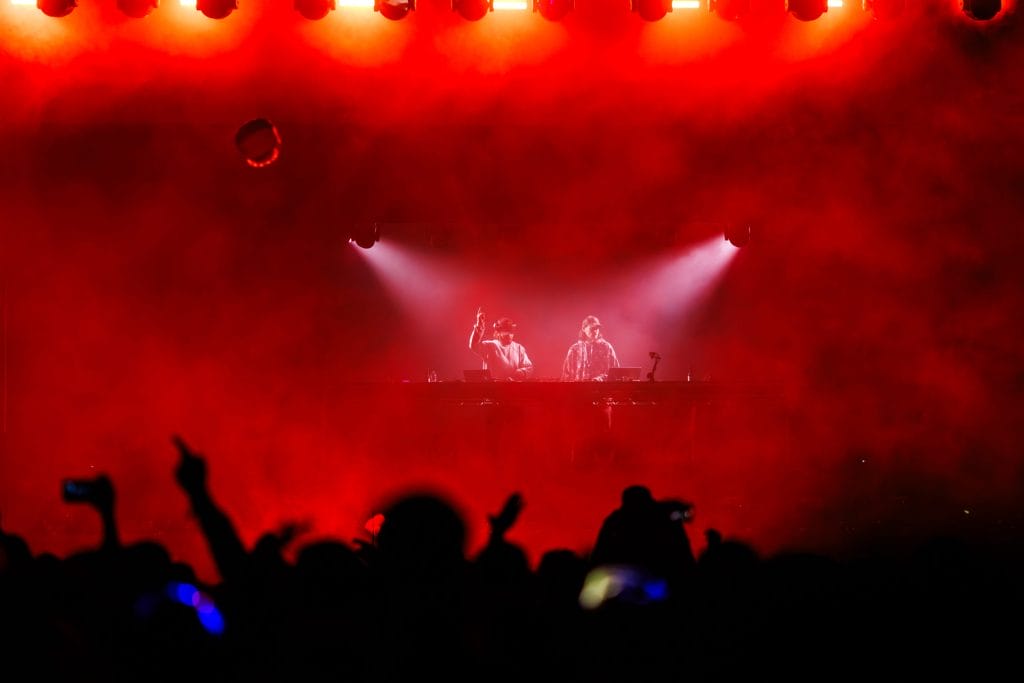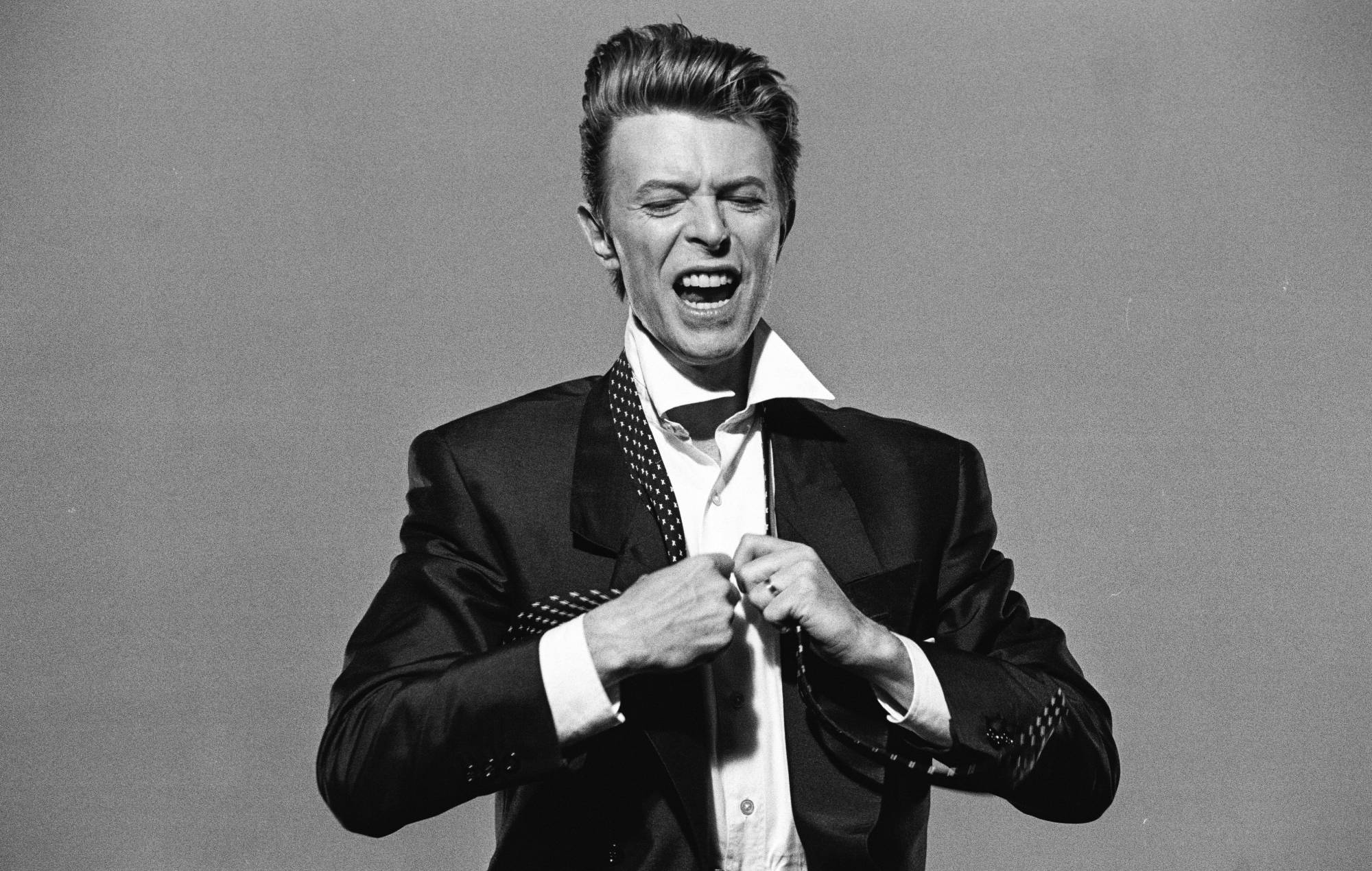GRIDLIFE Midwest is built on momentum. The roar of engines doesn’t fade when the racing ends—it transitions into bass drops, laser lights, and a stage that hits with the same intensity as the track. The music isn’t there to fill space. It’s part of the architecture, shaping how the weekend feels from start to finish.
For 2025, that design gets dialed in even tighter. Headliners like Levity, Sullivan King, Dr. Fresch, and NGHTMRE bring range without losing cohesion—each set serving a specific role in the event’s emotional arc. Acts like CHYL, Super Future, and OkayJake blur the edges between subcultures, creating a fluid atmosphere that doesn’t draw hard genre lines. Everything feeds the energy of the crowd.
Chris Stewart, the mind behind GRIDLIFE, walks us through the decisions that shape this unique collision of music and motorsports. From pre-season planning to balancing genre demands, it’s less of a formula and more of a gut-level calibration that keeps the culture intact while pushing things forward.
How far out do you start planning music bookings for GRIDLIFE Midwest, and what’s usually the first step?

We’re mapping out the next season almost immediately after the current year’s event wraps. While the heavy lifting typically begins around seven months out, the real kickoff is revisiting the debrief from the previous year. That gives us a foundation—what worked, what didn’t—and helps shape the direction for the upcoming lineup.
Do you have a core booking philosophy you come back to every year, or does it evolve depending on the audience?
Being a smaller festival, bookings can be challenging—especially since car culture brings such a wide range of tastes. It’s tough to check every box. That said, our guiding philosophy is pretty simple: if the energy of the music matches the energy of the racetrack, we’re in a good place. EDM—across all its subgenres—tends to hit that mark consistently.
Walk me through how you handle genre balance. How intentional is the blend between bass music, hip-hop, house, and metal?
It’s definitely intentional, but we also have to be realistic. We’re not a mega-fest with five different stages, we’re curating a single-stage experience, so balance is everything. We can’t go too deep into any one genre. Our lineups are built on the momentum of previous years and a bit of geographic influence. Michigan crowds lean heavy on bass, and that’s worked well for us. Artists like Sullivan King bring that metal edge, while someone like CHYL, who already lives in car culture, adds a different house vibe. It’s always a balancing act, but we aim for a mix that feels cohesive and authentic.
Do you have different selection criteria for daytime acts vs. nighttime headliners?

Definitely.
During the day, the racing is the headliner, so music programming starts later—usually in the afternoon as the energy shifts from track to stage. We treat the stage like a great playlist: you want to build it steadily, creating a vibe that climbs toward a peak. There are dynamic shifts, sure, but the goal is to craft a rising arc that bridges the motorsports and music sides of the event.
With motorsports fans and EDM fans in the same crowd, how do you think about building a schedule that speaks to both groups?
It’s a challenge, no doubt.
We don’t want people to have to choose between a set they’re hyped for and a race they’ve been waiting all day to see. So we’re really intentional about timing, making sure major moments from each world don’t compete with each other. What’s cool is that there are these two subtly different cultures at play, and people get to float between them. When it all clicks, the crossover is pretty magical. At its core, GRIDLIFE is about shared experience—and when the motorsports and music worlds converge, that energy is unmatched.
GRIDLIFE clearly has its own culture. How much of the music booking strategy is about protecting that?
It’s everything. We always say our true product is the community. The music, the motorsports, the festival—that’s all an extension of our core mission: bringing people together and creating unforgettable moments.
We take every piece of feedback seriously. Sometimes, people don’t know what they want until we show them—whether it’s a new artist, a site change, or a policy shift—but every decision starts with culture. When I’m building the lineup, I make playlists with the artists we’re considering and live with them. It’s all gut checks. If it doesn’t feel right for GRIDLIFE, we don’t do it.
The post The High-Speed Strategy Behind GRIDLIFE Midwest’s 2025 Lineup appeared first on Magnetic Magazine.



